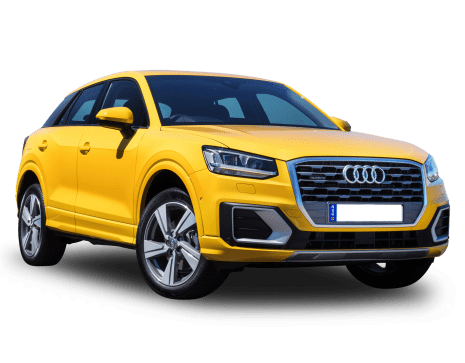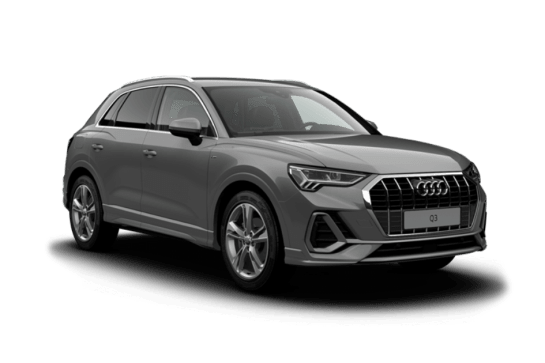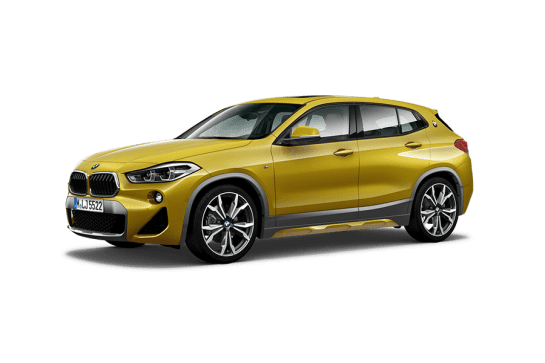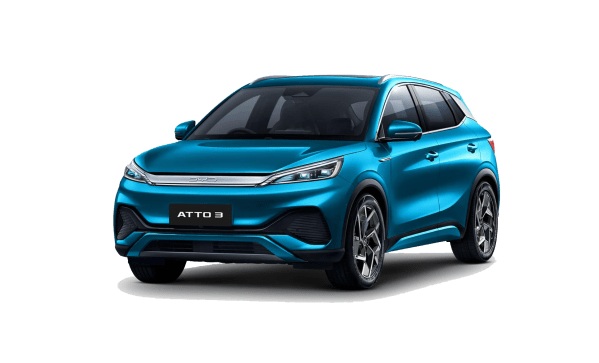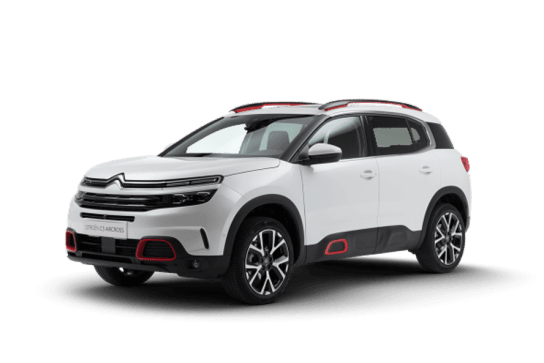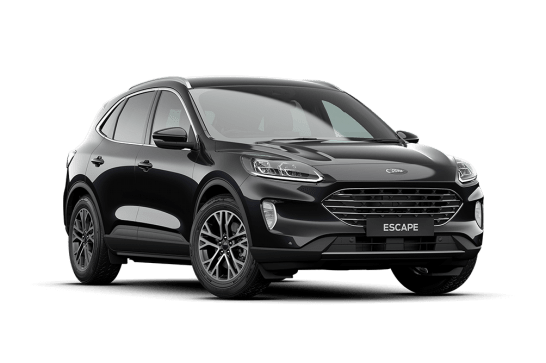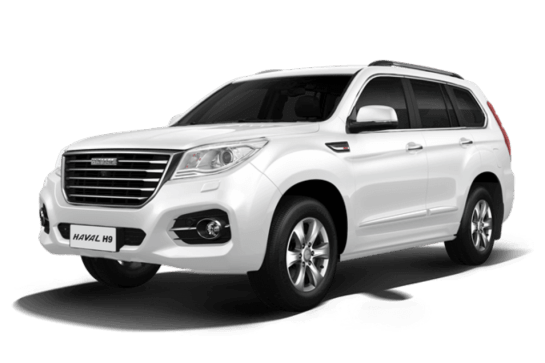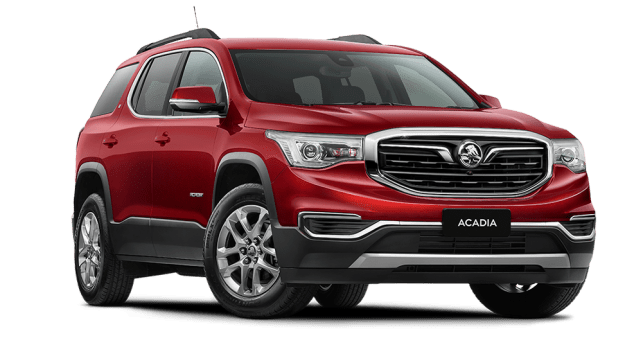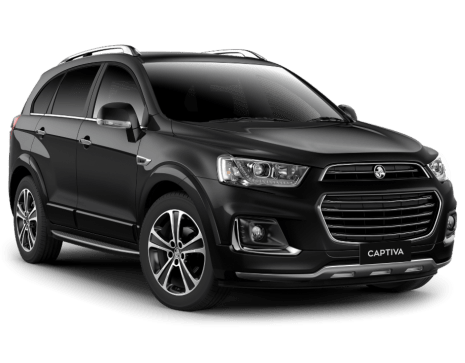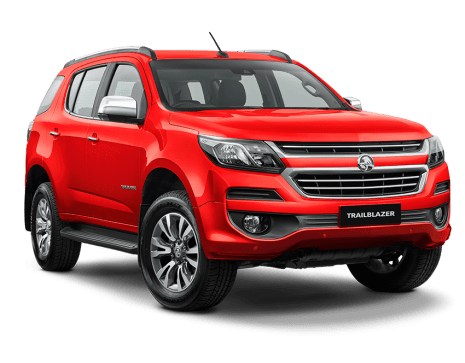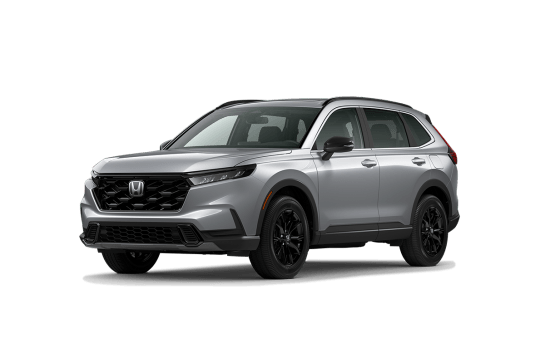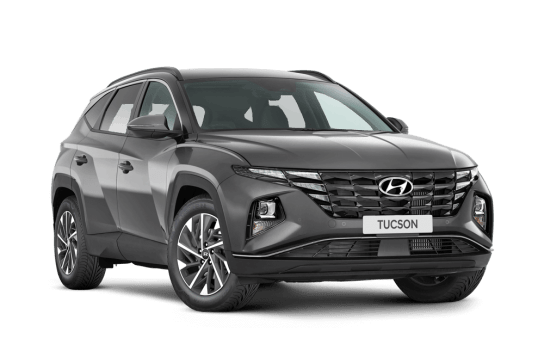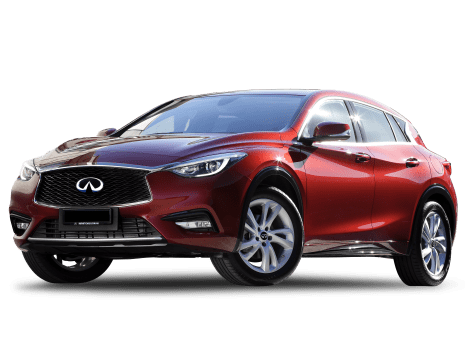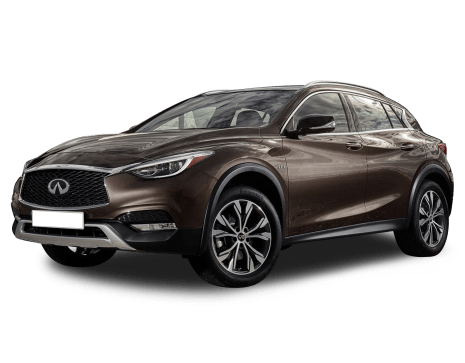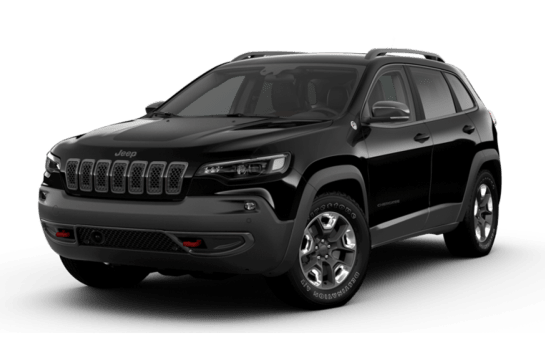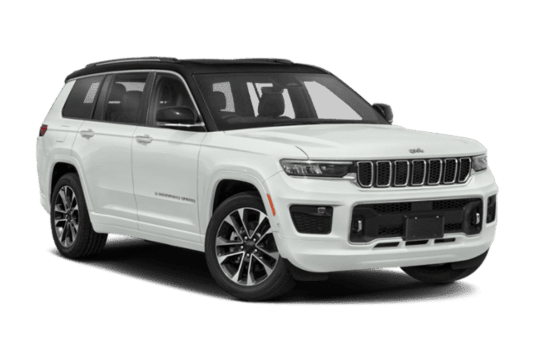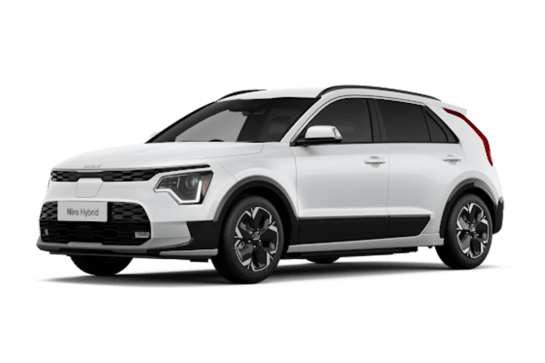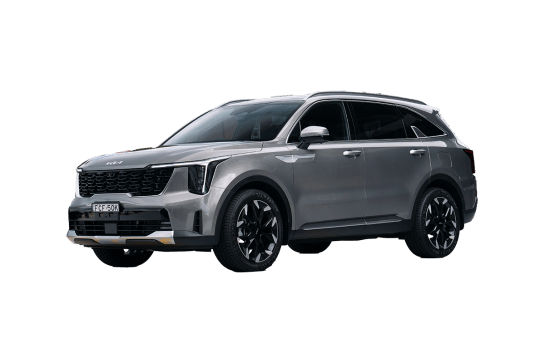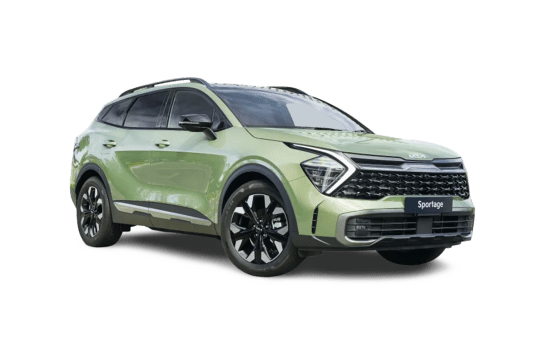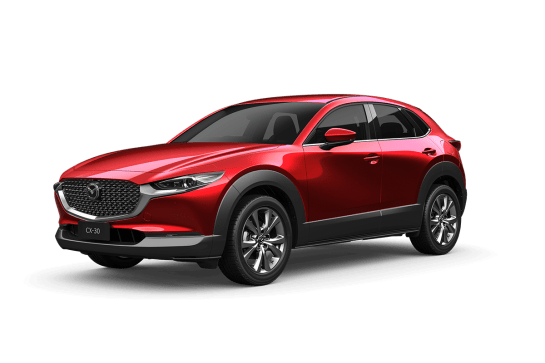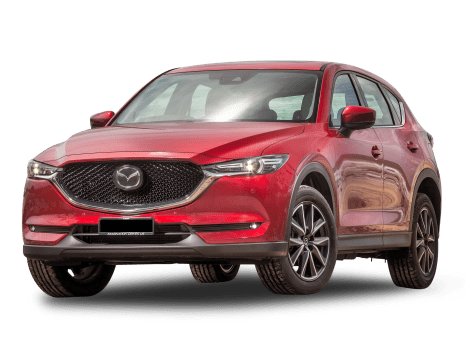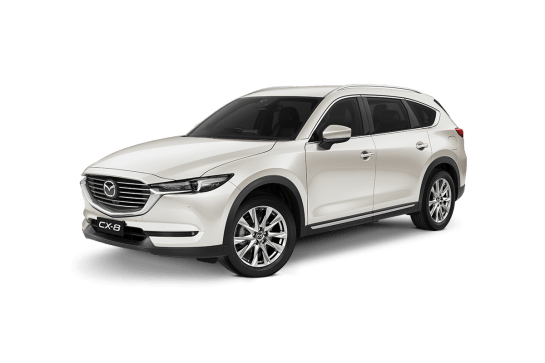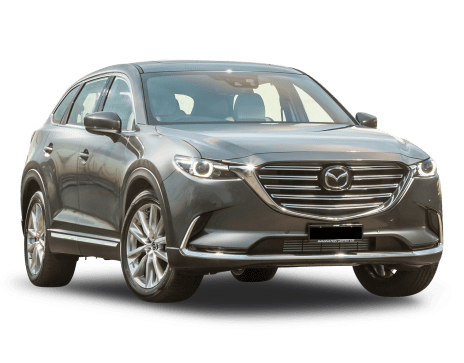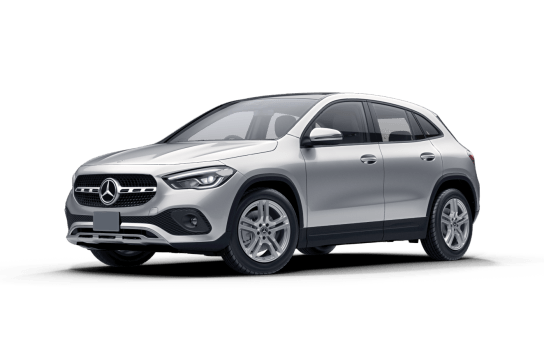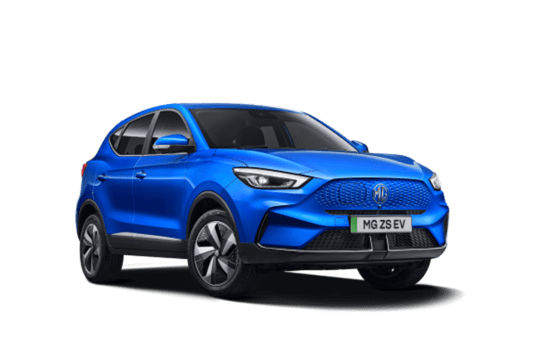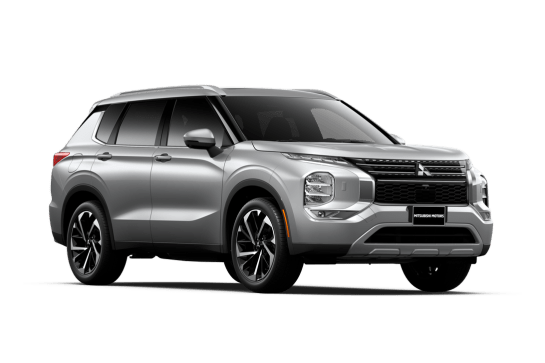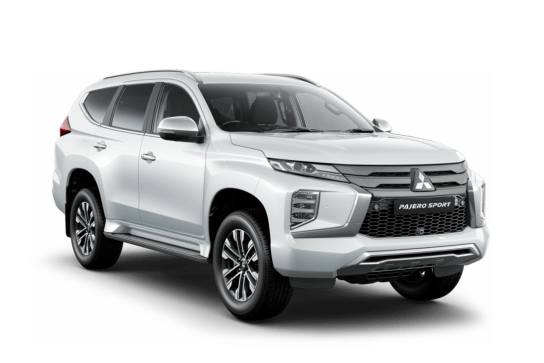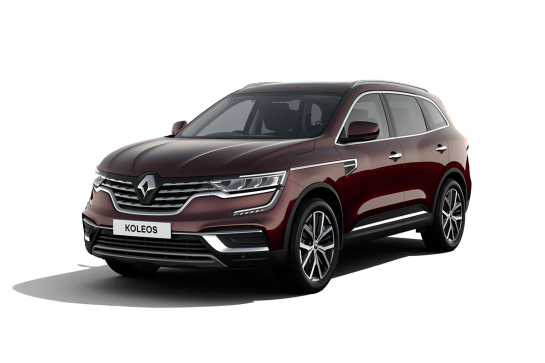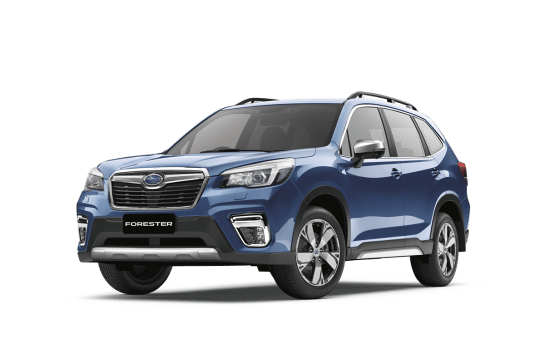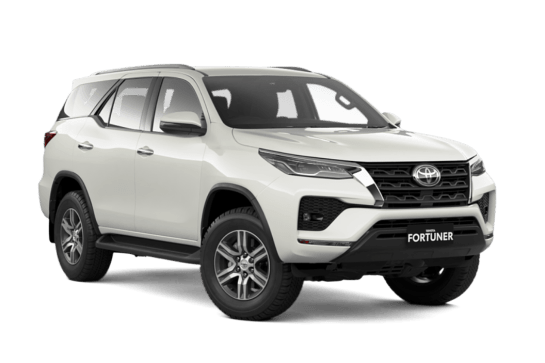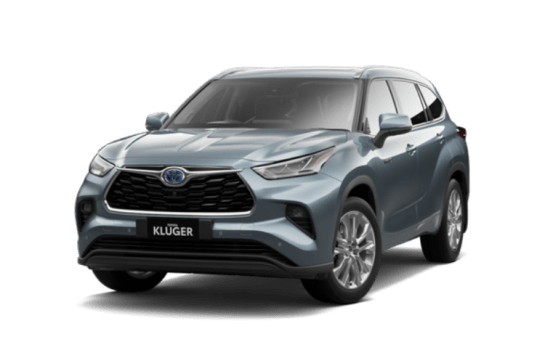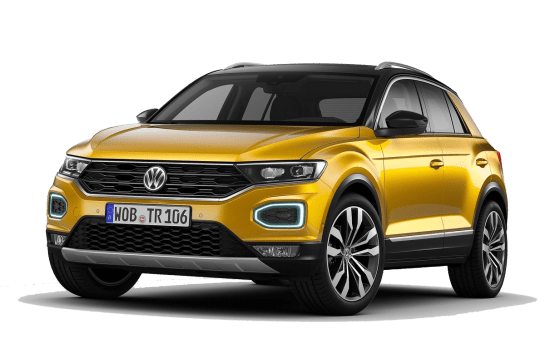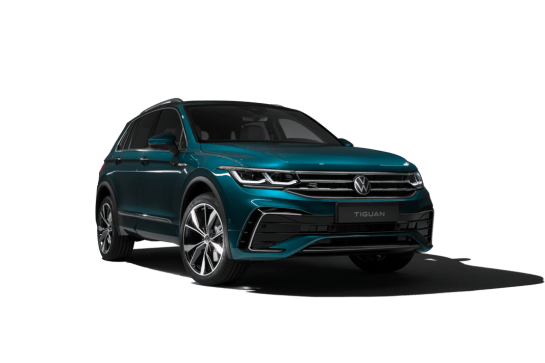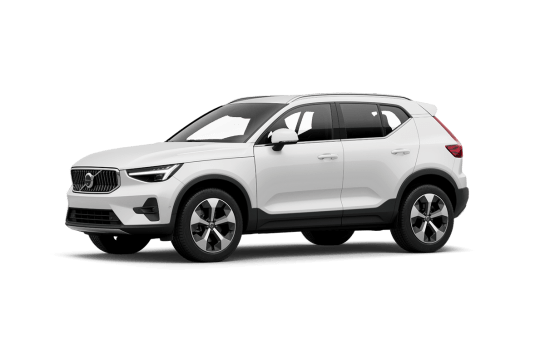
Renault Arkana VS Subaru Outback
Renault Arkana
Likes
- Good looks
- Punchy engine
- Decent equipment list
Dislikes
- Glitchy transmission
- Firmish ride
- Not the cheapest
Subaru Outback
Likes
- Well priced for a special-edition model
- Packed with features
- Superb on-road driving experience
Dislikes
- No 360-degree camera despite grade level
- Exclusive blue paintwork will polarise some
- Thirsty
Summary
Renault Arkana
Renault’s Arkana coupe-style compact SUV has been hit with its first makeover, which ushers in a range of styling changes, increased equipment and new model grade names.
There are few cars like it in the compact SUV segment, where vehicles usually favour the boxier, traditional SUV wagon shape over the stylish but often internal space compromised coupe SUVs.
Renault Australia is only expecting about one per cent share of the segment or around 1500 sales a year.
Read more about
- $10,000 truth about electric cars: Tesla Model Y rivalling Renault Megane E-Tech's $10,000 price cut to be permanent
- 2025 Renault Koleos finally revealed! But what are the chances of this 'Grand' hybrid SUV coming to Australia to battle the Toyota RAV4, Mazda CX-5 and Nissan X-Trail?
- 2025 Renault Captur revealed, confirmed for Australian launch within a year to take on Mazda CX-3, Kia Stonic and VW T-Cross
But if you want to stand out from the crowd of Mazda CX-30, Mitsubishi ASX and Toyota Corolla Cross small SUVs then the Arkana might be for you.
| Safety rating | |
|---|---|
| Engine Type | 1.3L turbo |
| Fuel Type | Regular Unleaded Petrol |
| Fuel Efficiency | 5.9L/100km |
| Seating | 5 seats |
Subaru Outback
The Subaru Outback has long been a fan favourite and this year sees a special-edition model grade ushered into the ranks.
The AWD Sport Touring XT has all of the bells and whistles of the top Touring XT grade but see's a distinct design difference, at least externally.
So it begs the question, do we need this special-edition model? We're family testing it this week to find out.
Read more about
- Brand new hybrid tech from Toyota will deliver 1000km of driving range on 2025 Subaru Forester and 2025 Crosstrek off-road SUVs
- 2025 Toyota RAV4 Hybrid, Hyundai Tuscon Hybrid and Kia Sportage Hybrid set to feel the heat from new electrified Subaru e-Outback - but could it be hybrid or all electric?
- Is this the end of the Subaru Outback? Limited Edition celebrates 30 years of Skoda Superb, Volvo V60 Cross Country alternative in Japan but wagon will live on in Australia
| Safety rating | |
|---|---|
| Engine Type | 2.4L |
| Fuel Type | Premium Unleaded Petrol |
| Fuel Efficiency | 9L/100km |
| Seating | 5 seats |
Verdict
Renault Arkana7.1/10
The Arkana is a stylish alternative in a sea of same-same compact SUVs. It's relatively well equipped and has some hidden gems in its ownership and running costs that elevate it above some of the competition.
It’s not a bad thing to steer, either, but the lurchy dual-clutch could be a deal breaker for some.
The sweet spot is the Techno, which misses out on the Esprit Alpine’s special touches but represents the most bang for your buck.
Note: CarsGuide attended this event as a guest of the manufacturer, with meals provided.
Subaru Outback8.5/10
The Subaru Outback Sport Touring XT is what you get when you want a beefed-up station wagon masquerading as an SUV that can handle adventuring and haul the family around in comfort. The limited edition has all of the great features you'd expect from a top model and a reasonable price tag but its fuel thirst will turn some people off.
Design
Renault Arkana
This update isn’t a massive overhaul of the Arkana, rather its “refreshing and enhancing” what was already there according to Renault Australia.
And this remains true with the car’s styling. Not much has changed on the outside except for a few minor garnishes and flourishes, especially on the Esprit Alpine variant.
The coupe styling isn’t for everyone. It’s more popular in Europe than Australia but if you want to stand out from the crowd it’s a good place to start.
The Arkana has curves in all the right places and its little grille made up of little Renault badge diamonds is a welcome addition in a world of wide mouth front ends. The C-shaped LED headlights and a large Renault badge add a bit of pop to its look.
The pinched rear end has LED lighting that runs from the tail-lights to the centre badge and Arkana is spelled out in big, bold letters.
The Esprit Alpine stands out with gunmetal highlights on the front bumper and the front and rear skid plates in the same colour. It also adds a Esprit Alpine badge below the side mirror and front door sill plates.
The Esprit Alpine has 'Tricolour' stitching in red, white and blue on the door trim and steering wheel, which is complemented by blue contrast stitching on the gear shifter, seats and centre console.
Cabin quality is variable. There are some nice feeling materials used on the dash and on the door trims but below eye level there are lots of hard wearing plastics. A big slab of faux wood running along the dashboard doesn’t feel as high-quality as you would like. The quality drops a bit in the back row, which is where carmakers often try to cut costs.
Solid white is the only no cost paint colour, but it is not available on the Esprit Alpine. Metallic white, blue, black, grey and red cost $750.
Buyers can also option a black roof for a two-tone look for $600.
Subaru Outback
The Sport Touring XT model is only available in the exclusive Geyser Blue paintwork (you'll either love it or hate it), has green accents scattered across the body and sports sharply styled and dark 18-inch alloy wheels.
The rear gets black badging and a spoiler but the black plastic moulding that Subaru is well known for is well and truly present.
There are some small design differences between the limited edition and it's siblings but at the end of the day it looks like an Outback.
Head inside and you'll find a solid and well-built cabin. The dashboard features a flashy 11.6-inch tech screen but the instrument cluster is still mostly analogue with a small 4.2-inch screen.
There are heaps of buttons and dials to play with and you also get a proper gear-shifter. The design will make this a winner for folks who want a car to look like a car, with its controls where they expect them to be.
Overall, the cabin feels premium but isn't fussy.
Practicality
Renault Arkana
The Arkana isn’t a family SUV, but rather is pitched at younger couples and empty nesters.
Up front there is great forward vision with a higher seating position than hatchbacks and sedans. Electronically adjustable seats and a manually moveable steering wheel means there’s a good seating position for pretty much everyone.
The seats are comfy and the multimedia screen and climate controls are easy to reach. The centre console has a wireless device charger, two USB-A charging ports and a 12-volt socket to keep various devices juiced up.
Two cupholders take up most of the space with minimal storage space leftover. There are decent sized storage bins in the doors and a little net in the passenger seats footwell to stop small items rolling around.
Back seat passengers have their own air con vents and USB charging ports, which is a welcome addition.
In the rear pew is where the Arkana’s stylish coupe-like design dents its practicality. The sloping roof shrinks the windows and reduces headroom, which makes it feel a bit gloomy compared to more boxy-shaped SUVs that makes it no-no for smaller kids.
The boot is a decent size, but it’s longer and lower than other SUVs, which is the price you pay for looking good.
Subaru Outback
The cabin of the Outback has always been practical but the premium features this grade comes with ensures proper comfort for all occupants.
Seat comfort is high with the powered front seats that have heat and ventilation functions but the driver benefits the most with the extendable lumbar- and under-thigh supports.
The rear row is almost as comfortable as the front where passengers feel secured by the padded side bolsters, while taller occupants will love the head and legroom on offer. The heat function for the outboards is appreciated and the directional air vents are easy to position.
The 213mm ground clearance means it's easy getting in and out of the model but access to the back row is a little annoying. The footwell lip sits high and catches unsuspecting feet but it's the doors that made my eight-year-old grumble this week because they're heavy to operate.
Storage up front isn't class-leading but you get a glovebox that fits a manual, a dual-opening middle console, two cupholders and drink bottle holders, as well as a sunglasses holder and small cubby in front of the gear-shifter (which is annoying to access).
Storage is much better in the rear with four map pockets, storage bins in each door, two cupholders and two drink bottle holders to choose from.
The boot has 522 litres of capacity available, which is plenty of room for a road trip or a big grocery haul and the level loading space makes it easy to slide things in and out. You get a proper full-size spare tyre, which is rare nowadays and the powered tailgate is always a handy feature.
Technology feels well rounded and the touchscreen multimedia system is responsive and easy to use. However, the portrait position makes the icons and text on the wireless Apple CarPlay look small and I may have made a few accidental calls this week because of it.
The satellite navigation is easy to use and there's also wireless Android Auto. Charging options are decent with each row getting a single USB-A and C port but the front misses out on a wireless charging pad.
{{nid:}}
Price and features
Renault Arkana
Initially Renault is launching with just two variants, the mid-tier Techno and top-spec Esprit Alpine, which replace the formerly named Intens and R.S. Line variants.
Despite the update, prices remain the same with the Techno starting at $41,000, before on-road costs, and the Esprit Alpine from $45,000.
An entry-level Evolution grade will arrive later to take the place of the old Zen variant. Expect it to be priced from $37,500.
The Arkana isn’t the cheapest compact SUV on sale with lower starting points for the Hyundai Kona, Kia Seltos and Mazda CX-30 ranges. It is cheaper than the hybrid-only Toyota C-HR and its French rival, the Peugeot 2008.
The two model grades are fairly well stacked with gear to justify the price, though.
Techno shoppers can expect 18-inch alloy wheels, which swell to 19-inche on the Esprit Alpine and all variants have LED head and tail-lights.
Step inside and the Techno grade has black leather and synthetic suede accented seats, which upgrade to more premium synthetic leather and suede upholstery with contrast blue stitching and Alpine badging in the top-spec grade.
The front seats are heated in both grades and the Esprit Alpine has a heated steering wheel, too.
On the tech front both variants have a 9.3-inch portrait-shaped multimedia display paired with a 10.25-inch digital driver display.
Apple CarPlay and Android Auto wireless smartphone mirroring is standard.
The Esprit Alpine version ditches the six-speaker stereo in the Techno for a booming eight-speaker Bose system and it adds a sunroof.
Subaru Outback
There are usually five variants available for the Subaru Outback but the model on test for this review is a special edition that blends the qualities and features of the top Touring XT but with some exclusive design changes.
Did we need it? Probably not but Subaru has wisely kept the price increase to a minimum, so the AWD Sport Touring XT is $57,490 before on-road costs, just $500 dearer than the usual top grade.
Despite looking more like a station wagon, the Outback sits in the large SUV segment and when it comes to an 'apples to apple' comparison, there's nothing really to compare it to.
With that in mind, the Skoda Superb Sportline wagon costs $74,990 drive-away, and a more traditional SUV like the Volkswagen Tiguan Allspace 162TSI R-Line is priced from $60,590 MSRP.
The standard premium equipment for the Sport Touring XT model includes Nappa leather upholstery, eight-way powered front seats with the driver enjoying additional lumbar and under-thigh support, as well as two-position memory function.
Also included are heating and ventilation functions for the front seats, heat function for the rear outboard seats, a heated steering wheel and sunroof with manual blind.
Technology is well-rounded with an 11.6-inch touchscreen multimedia system with satellite navigation, dual climate control, wireless Apple CarPlay and Android Auto, digital radio, AM/FM radio, two USB-A ports, two USB-C ports, two 12-volt sockets, and a nine-speaker Harman Kardon sound system.
Practical features include dusk-sensing LED headlights, rain-sensing windscreen wipers, keyless entry/ start, a full-size spare tyre and hands-free powered tailgate.
The limited-edition model is well-specified and while it lacks the extra two-seats that its rivals have, it still offers solid value.
Under the bonnet
Renault Arkana
The Arkana keeps the 1.3-litre four-cylinder turbocharged petrol engine from before. It makes 115kW and 262Nm and is paired with a seven-speed dual-clutch auto that drives the front wheels.
That’s plenty of grunt for a car this size, but it’s let down by a glitchy transmission that hesitates a lot at lower speeds and doesn’t do its best work when asked to hustle, either.
Subaru Outback
The Sport Touring XT gets a 2.4L four-cylinder turbo-petrol boxer engine that produces a hefty 183kW of power and 350Nm of torque.
The re-tuned continuously variable transmission (CVT) system feels like it is changing gears but it's smooth and punctual, no matter the speed.
Efficiency
Renault Arkana
Efficiency is the name of the game with the Arkana’s little turbo engine. The French brand claims it drinks 5.9L/100km on the combined (urban/extra-urban) cycle but we averaged 7.5L/100km on our circa two-hour country road drive according to the trip computer.
The higher speed twisting and turning country roads we drove on aren’t conducive to low fuel use, though.
It has a 50-litre fuel tank and only requires cheaper 91 RON petrol, which is rare for little turbo engines that usually have premium tastes.
Subaru Outback
Unfortunately, the turbo-petrol engine is thirsty and the official combined fuel cycle figure is 9.0L/100km.
With its 63L fuel tank, you have a theoretical driving range of up to 700km, which is best-case scenario but expect less range if you’re a city dweller.
After doing a mix of open road and city driving this week, my real-world usage came out at 9.3L, which is better than I expected.
Driving
Renault Arkana
The Arkana is a bit of a mixed bag on the road. Its engine is a nice little unit but the dual-clutch auto deflates the drive experience.
At lower speeds it hesitates and then gives too much oomph all at once, which can result in some wheel spin. It means you need to be mindful at T-intersections and when turning across traffic and feather the pedals.
This is a symptom of most dual-clutch autos but the Arkana’s is less sophisticated than say ones fitted to Volkswagens, and the Arkana doesn’t have the meaty power and torque bands of performance cars. A conventional torque converter auto would suit it better.
The Arkana does some of its best work at higher speeds, where the dual-clutch is more decisive and it's an admirable highway cruiser.
It isn’t a bad operator through the bends where it exerts excellent body control to minimise rolling. This is complemented by nice steering that is well weighted and accurate. Pedal feel is excellent with no woody or doughy feel to them.
The suspension is on the firmer side and you’ll feel some harsh bumps, especially over consistent smaller ones that it will crash over.
Its rear torsion beam suspension set-up is less sophisticated than the multilink arrangements found in an increasing number of competitors in the segment.
Road noise is noticeable at higher speeds. There's a fair bit of wind noise, too, but it was an especially windy day on our test drive.
The Arkana isn’t a sports car but is a stylish SUV for punting around town and facilitating weekend getaways, but there are other compact players that answer this brief better.
Subaru Outback
The Sport Touring XT model is nice to drive. The best word to describe the on-road experience is ‘smooth’.
Power delivery is prompt and getting up to speed feels effortless. It's a great open roader but also feels spritely in the city.
The ride comfort is excellent and it’s only when you hit the highway that the wind noise starts to creep up, otherwise, the cabin is quiet and you can chat with back passengers without raising your voice.
The higher ride doesn’t translate to a bumpy suspension and while you’re aware of the road, you’re never bothered by it.
The steering is on the right side of firm for it to feel agile and competent no matter what you’re throwing at it. Visibility is also pretty good but the headrests in the back seat, when up, can hinder your rear-view vision.
The Outback sits at 4870mm long and 1875mm wide, so it fills out a car space but the higher ground clearance means you’re not worried about scraping on ramps and it’s relatively easy to park.
However, it feels cheeky to not have a 360-degree view camera system at this grade level. The reversing camera it comes with is sufficient, but you miss out on front parking sensors.
Safety
Renault Arkana
The Arkana holds a maximum five-star ANCAP rating, but it is based on the 2019 crash test of the Renault Captur, with which it shares much of its underpinnings. This rating is due to expire in late 2025.
There are six airbags and a range of active driver aids included as standard and the update adds a 360-degree camera view to all grades.
This joins auto emergency braking with pedestrian and cyclist detection, lane keep assist, blind-spot monitoring, rear cross-traffic alert, radar cruise control and speed sign recognition.
A lot of carmakers just tick the box for active driver aids but don’t think of the calibration. Not Renault. The driver aids barely interjected during the launch drive and only chirped up when needed, which is a welcome reprieve from the overly touchy and nannying sensors found in other cars.
Subaru Outback
The Outback has a maximum five-star ANCAP safety rating from testing done in 2021 and features eight airbags which includes a front centre airbag.
It also scored highly across its individual assessment scores with ANCAP. It got 88 per cent for adult protection, 91 per cent for child protection, 84 per cent for vulnerable road users, and 96 per cent for its safety assist systems.
Standard safety equipment includes blind-spot monitoring, tyre pressure monitoring, LED daytime running lights, rear and forward collision warning, rear cross-traffic alert, lane departure alert, lane keeping aid, emergency lane keeping aid, emergency autonomous steering, lead vehicle start alert, traffic sign recognition, adaptive cruise control, reversing camera and front parking sensors.
The driver monitoring system has been improved from previous models and while still sensitive, it no longer chimes at you all the time, which is a welcomed change.
The Outback has two ISOFIX child seat mounts and three top-tether anchor points. The rear seat is wide enough to accommodate three child seats if they're not too large.
The auto emergency braking (AEB) has car, pedestrian, cyclist and back-over detection and is operational from 1.0 to 160km/h but it's usual to see this system operate from 5.0km/h, which is excellent.
Ownership
Renault Arkana
There is one part of Renault’s ownership credentials that others can’t match.
Its service intervals are every 12 months and a whopping 30,000km, which is double the industry norm of 15,000km.
If you need to do big kays such as a sales rep or rideshare driver might this will be extremely important.
Five years or 150,000km of capped price servicing visits costs $2385, which is one the expensive side compared to Honda, Hyundai and Toyota but is in the ballpark of similar-sized Kias and Volkswagens.
Renault covers the Arkana with a five year/unlimited km warranty - par for the course in the mainstream market - and five years of roadside assistance.
Subaru Outback
Subaru offers the Sport Touring XT model with a five-year/unlimited kilometre warranty but it’s becoming more common to see longer warranty periods being offered now.
You can pre-purchase a three- or five-year servicing program and the three-year program costs $1406.57 (average of $469).
The five-year option costs $2646.17 (average $529 per service) which is reasonable for the class.
Servicing intervals are good at every 12 months or 15,000km, whichever occurs first.
